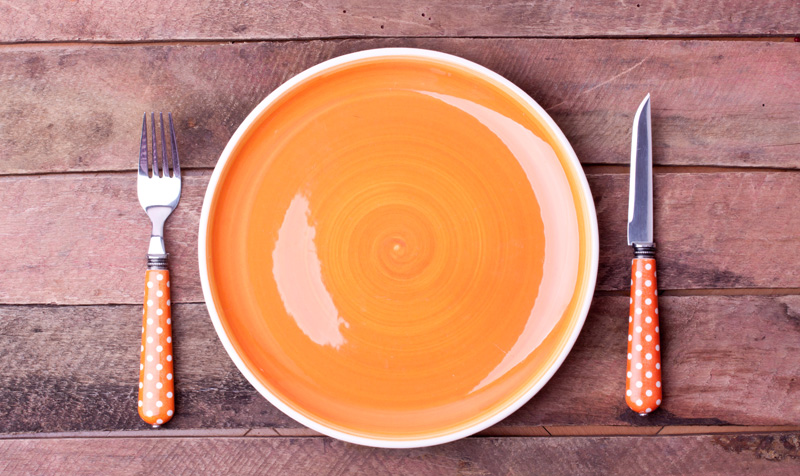Hara Hachi Bu

Avoiding The Hard Truths Of Our Bad Habits
December 2, 2015
Getting Through the Holidays
December 15, 2015Residents of the Japanese island of Okinawa have a phrase “hara hachi bu”, which means “eat until you are 80% full”. That sounds great to me, but I grew up in the 1960s, where moms all over America admonished their kids to finish all the food on their plate no matter what, because”there are children starving in China”. I never understood how finishing my carrots could help those hungry Chinese, but to this day I never leave food on my plate. Ian will leave a bite or two quite often – “I’m full” he shrugs when I comment on it, and I a little voice in my head says That’s wasteful.
Nowadays, parents know that insisting kids eat everything on their plate encourages them not to listen to their own body’s satiety signal. When Oprah had a group starting a diet and exercise plan, the first thing she did was take them to a buffet and told them to fill up their plates with as much as they wanted. When they all got back to the table, she then instructed them to throw all the food away. They were horrified at the profligacy, but she told them that if you want to lose weight, you have to be prepared to throw food away. (I think she added, “It’s all going to end up as waste one way or another”.)
In a study by Brian Wansink (who wrote an excellent book called Mindless Eating, research subjects who ate from a soup bowl that secret refilled, consumed 73% more soup than those who did not have secret refills (everyone could eat as much soup as they wanted). Even more interesting is the fact that they did not even feel fuller than the control group.
There are things we can do to help us eat less and not feel denied. We can use smaller plates – visually our plate looks full, so we feel like we are getting more food than we actually might be. By removing the trays at cafeterias, diners ate less because they could not carry as much to their table. Chewing more slows down how much we consume within the 20 minutes it takes for our bodies to signal satiation.
These tricks will help us hara hachi bu.


